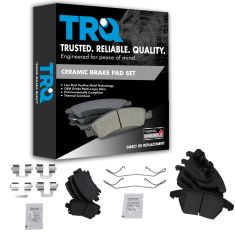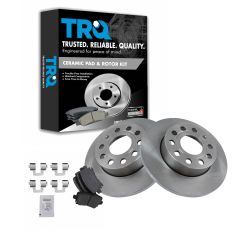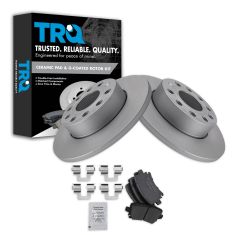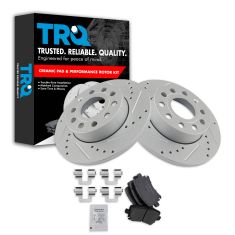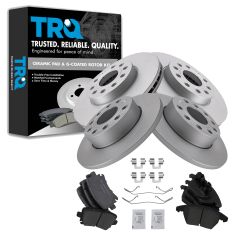1ABPS02712-VW Audi Rear Ceramic Brake Pads TRQ BFA73258
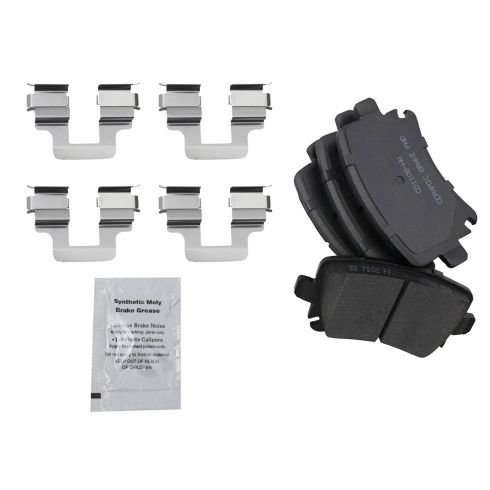
Replaces
2006 VW Jetta TDI Rear Ceramic Brake Pads TRQ BFA73258

Product Reviews
Loading reviews
5.00/ 5.0
4
4 reviews
Brake pads
April 25, 2022
Amazing pads
N/A
March 2, 2023
Great product
Excelente
June 22, 2023
Very good thank you
Quality
October 9, 2024
Quality products and easy to install
Customer Q&A
No questions have been asked about this item.
Volkswagen is a registered trademark of Volkswagen AG. 1A Auto is not affiliated with or sponsored by Volkswagen or Volkswagen AG.
See all trademarks.










